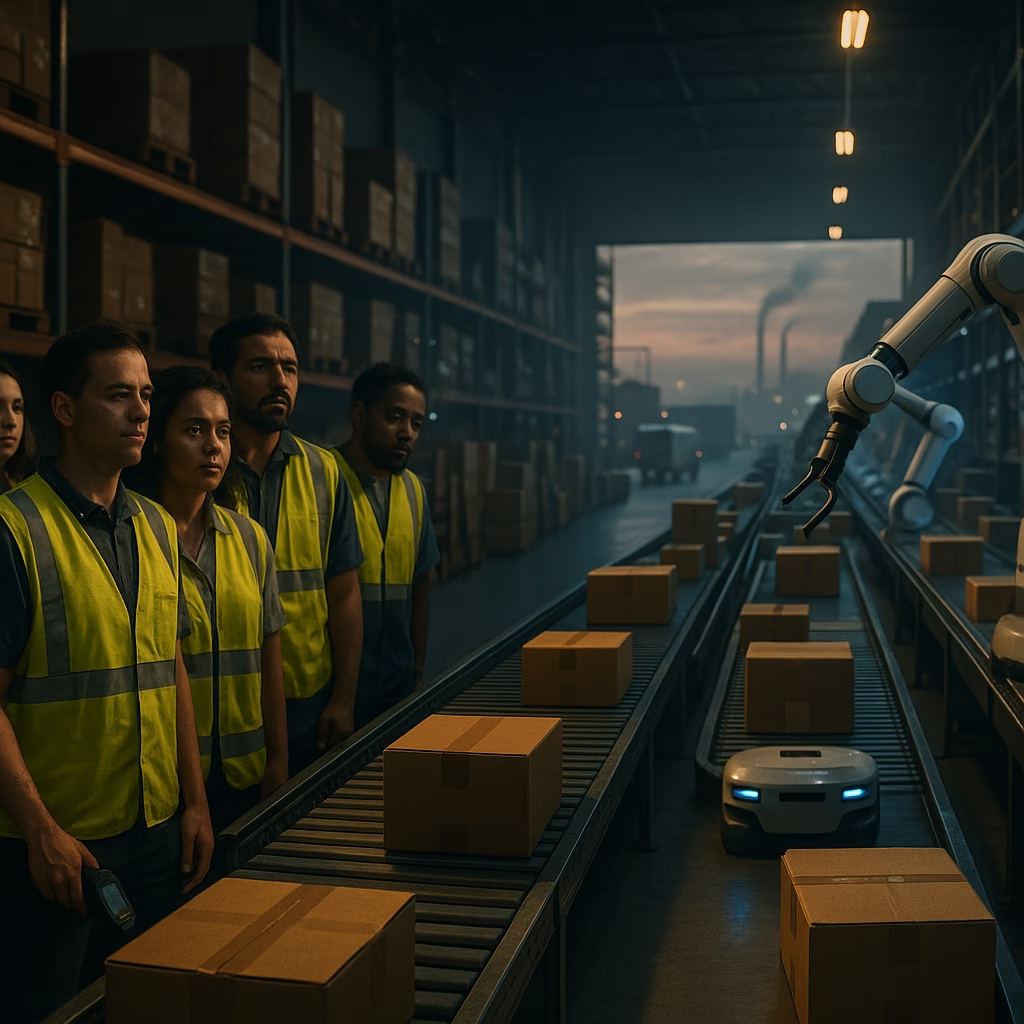Italian Newspaper Claims to Publish World’s First AI-Generated Edition
The world of journalism is undergoing a rapid transformation, and artificial intelligence (AI) is at the center of this evolution. In what is being hailed as a groundbreaking moment, an Italian newspaper has announced that it has published the first-ever newspaper edition generated entirely by AI. This bold experiment raises questions about the role of AI in journalism, its potential impact, and the future of news reporting.
The AI Revolution in Journalism
AI has already integrated itself into various industries, from healthcare to finance, but its role in journalism has been a topic of both excitement and controversy. While automated news-writing tools and AI-powered editorial assistants are not new, a fully AI-generated newspaper marks a significant leap forward. This recent development highlights the rapid advancements in AI technology, particularly in natural language generation (NLG).
How AI-Powered Journalism Works
AI-generated journalism relies on advanced machine learning models that process vast amounts of data and generate coherent, well-structured narratives. These models, such as OpenAI’s GPT-4 and other language-based AI systems, are trained on massive datasets, enabling them to mimic human writing styles.
The process typically involves:
- Data Collection: AI scrapes information from reliable sources, including official news agencies, press releases, and pre-verified reports.
- Content Structuring: AI analyzes themes, keywords, and context to determine the most relevant information for an article.
- Article Generation: The AI uses natural language processing to produce coherent and well-written articles.
- Editorial Review: Human editors fact-check AI-generated content to ensure accuracy and consistency before publication.
The Italian Newspaper’s Experiment
According to reports, the Italian newspaper that carried out this experiment utilized a combination of AI models to generate news articles, editorials, and even opinion pieces. The entire edition was written without human journalists actively contributing to the stories, though editors supervised the final version.
The AI-generated edition reportedly included:
- Political news summaries
- Business updates
- Sports reports
- Entertainment news
- Opinion pieces crafted using AI
The newspaper stated that this experiment was meant to explore AI’s capabilities in journalism and analyze its efficiency in producing high-quality content.
The Debate: Opportunities and Challenges
The concept of AI-generated journalism has sparked a fierce debate among journalists, media experts, and the general public. While some see it as an innovative step forward, others express deep concerns about authenticity, ethics, and employment implications.
Potential Benefits of AI-Generated News
There are several advantages of incorporating AI into journalism:
- Efficiency: AI can process and compile news reports much faster than human journalists, allowing news to be published in real-time.
- Cost Savings: News organizations can potentially reduce costs related to hiring and managing human writers.
- 24/7 News Coverage: AI-based systems can generate and update news around the clock, ensuring nonstop content production.
- Personalization: AI can tailor news content based on readers’ preferences, enhancing user engagement.
- Data-Driven Journalism: AI excels at pulling insights from massive datasets, which can help generate in-depth analytical reports.
The Ethical Concerns
Despite these advantages, AI-generated journalism presents multiple ethical challenges:
- Accuracy and Misinformation: AI models can make factual errors or misinterpret available data, leading to the spread of misinformation.
- Lack of Human Judgment: AI lacks the intuition, investigative skills, and contextual understanding that human journalists bring to reporting.
- Transparency Issues: Readers may struggle to differentiate between AI-generated and human-written news, leading to potential distrust.
- Job Displacement: The automation of news content raises concerns about job losses in the journalism industry.
- Bias in AI Models: AI systems are trained on existing data, which can introduce biases into reporting.
The Future of AI and Journalism
The rise of AI-generated journalism does not necessarily mean the end of traditional reporting. Instead, it highlights the evolving relationship between AI tools and human journalists. Experts suggest that the future of journalism will likely involve a hybrid model, where AI assists journalists rather than replacing them.
The Role of Human Journalists in an AI-Driven Industry
Moving forward, journalists may shift their focus to:
- Investigative and in-depth reporting
- Editorial curation and fact-checking
- Providing human perspective and analysis
- Ensuring ethical journalism practices
While AI can deliver fast, data-driven reports, it cannot replicate the creativity, empathy, and critical thinking that human journalists provide. Experts advocate for AI to be used as a tool to enhance journalistic work rather than replace it.
Final Thoughts
The publication of the world’s first AI-generated newspaper edition marks a significant milestone in journalism. It showcases both the potential and the risks associated with AI’s growing influence in media. As technology continues to evolve, the journalism industry must balance innovation with ethical considerations to ensure accurate, reliable, and unbiased reporting.
While AI can streamline content production, human intuition and investigative skills remain irreplaceable. The future of journalism will likely be defined by collaboration between AI and journalists, resulting in a more efficient and insightful news landscape.
< lang="en">







Leave a Reply